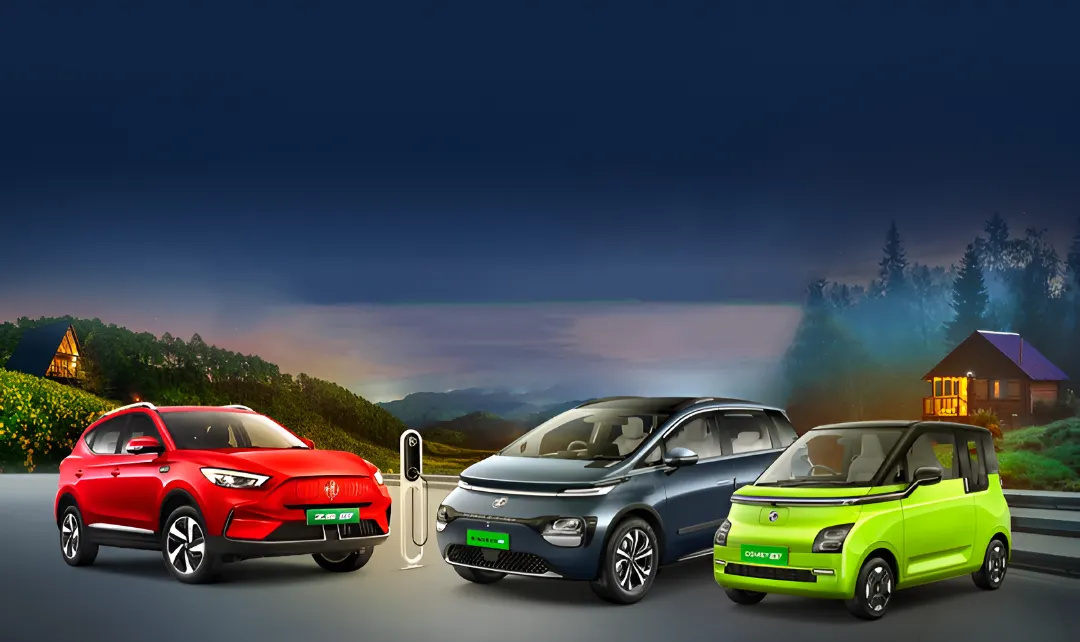As the world pivots towards sustainable energy solutions, electric vehicles (EVs) have emerged as a promising alternative to traditional gasoline-powered cars. In India, the government has been proactive in promoting the adoption of EVs through various incentives, one of the key measures being the reduction of Goods and Services Tax (GST) on EVs. Understanding the implications of GST on EVs is crucial for both potential buyers and industry stakeholders. This article delves into the details of GST on EVs in India, highlighting its benefits, current rates, and the overall impact on the EV market.
The Significance of GST on EVs
The introduction of GST in India was a significant step towards streamlining the tax structure. For EVs, the government’s decision to impose a lower GST rate is a strategic move to encourage their adoption. By reducing the tax burden, the government aims to make EVs more affordable for consumers, thereby accelerating the shift towards cleaner and greener transportation options.
Current GST Rates on EVs
As of the latest updates, the GST rate on electric vehicles has been significantly reduced. Here’s a breakdown of the current rates:
-
EVs (Electric Cars and Two-Wheelers): The GST rate on electric vehicles, including both cars and two-wheelers, has been slashed from 12% to 5%. This substantial reduction makes EVs more accessible to a larger segment of the population.
-
EV Chargers and Charging Stations: To further support the EV ecosystem, the GST on EV chargers and charging stations has been reduced to 5%. This initiative aims to expand the charging infrastructure, addressing one of the key concerns of potential EV buyers.
Benefits of Lower GST on EVs
The reduction in GST on EVs brings multiple benefits, both for consumers and the environment:
-
Affordability: Lower GST rates directly translate to reduced prices for electric vehicles. This makes EVs a more viable option for budget-conscious consumers who are considering a switch from traditional petrol or diesel vehicles.
-
Environmental Impact: By making EVs more affordable, the government is encouraging the adoption of cleaner vehicles, which in turn helps in reducing the overall carbon footprint. This initiative aligns with India’s commitment to combating climate change and reducing air pollution.
-
Industry Growth: The lower GST rates not only benefit consumers but also stimulate growth in the EV industry. Increased demand for EVs can lead to higher production volumes, economies of scale, and more investments in research and development.

Challenges and Future Outlook
While the reduced GST rates are a positive step, there are several challenges that need to be addressed to ensure the widespread adoption of EVs:
-
Charging Infrastructure: Despite the reduced GST on chargers, the availability of a robust charging infrastructure remains a concern. Expanding the network of charging stations across urban and rural areas is essential to alleviate range anxiety among potential buyers.
-
Battery Costs: The cost of batteries remains a significant component of the overall price of EVs. Continued efforts in research and development are needed to bring down battery costs and improve their efficiency and longevity.
-
Consumer Awareness: Increasing consumer awareness about the benefits of EVs and the incentives available is crucial. Educational campaigns and transparent information can help potential buyers make informed decisions.
Conclusion
The reduction of GST on EVs is a commendable initiative by the Indian government, aimed at promoting sustainable transportation and reducing environmental impact. While there are challenges to overcome, the lower tax rates have already started making EVs more attractive to consumers. As the EV ecosystem continues to evolve, it is expected that more individuals will embrace this cleaner mode of transportation, contributing to a greener and healthier future for all.
By staying informed about the latest developments in GST rates and understanding the broader benefits of EVs, consumers can make well-informed choices that align with both their financial interests and environmental values.
Also Read: Triumph Speed Twin 900 Launched At Rs 8.89 Lakh: A Modern Classic for Indian Riders










